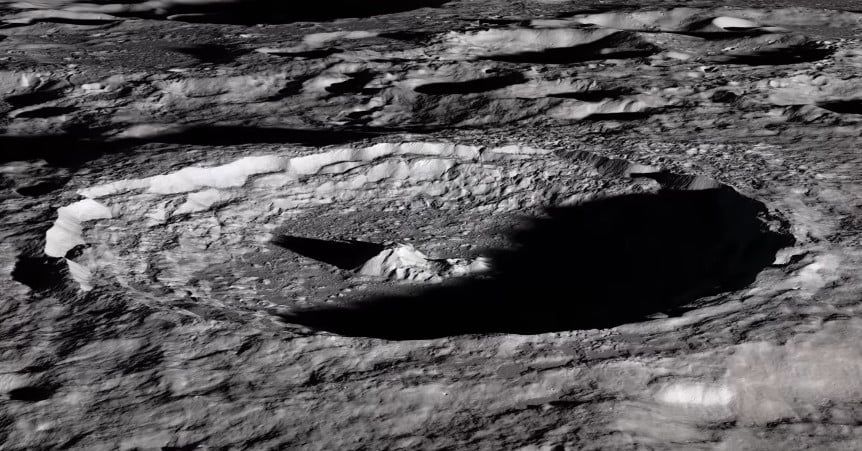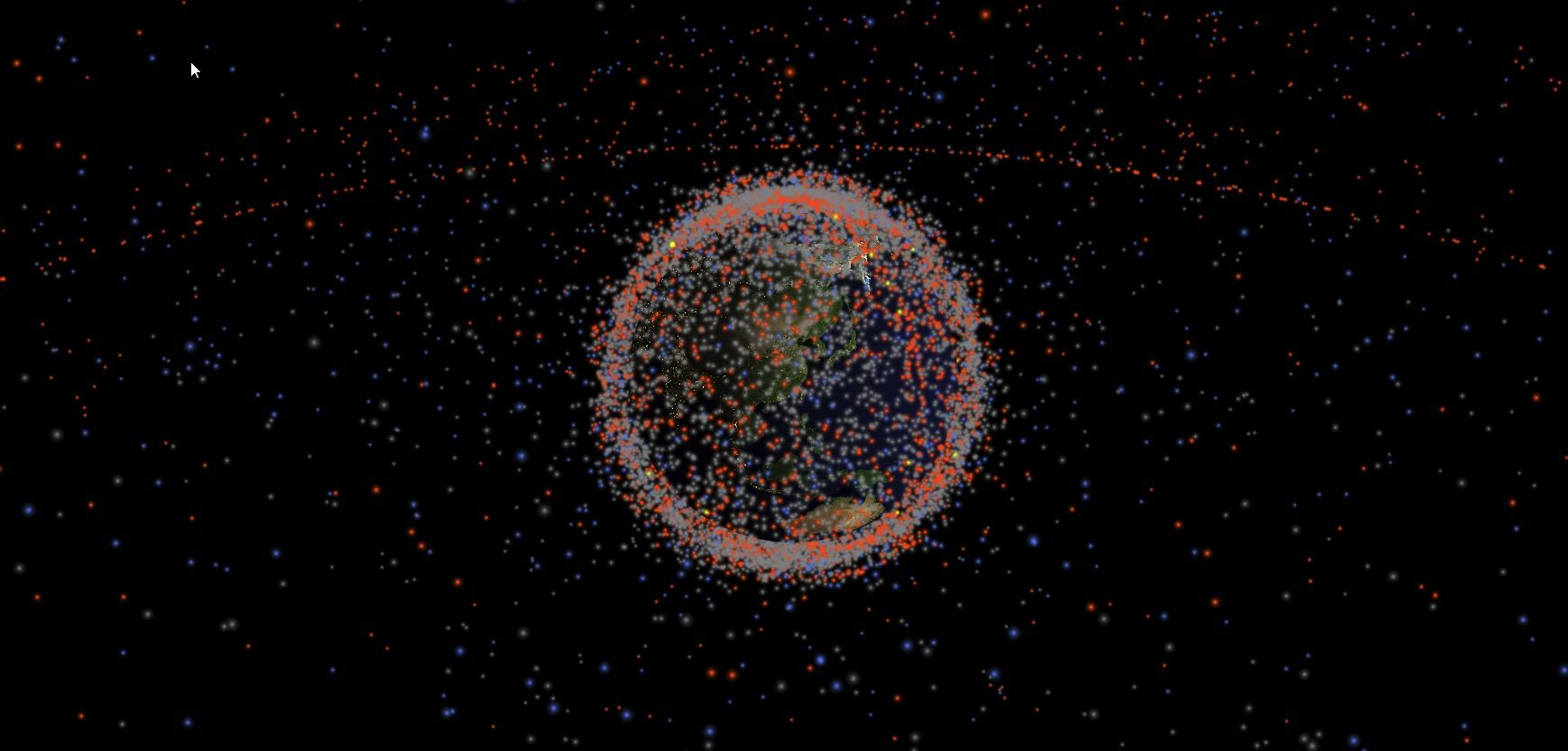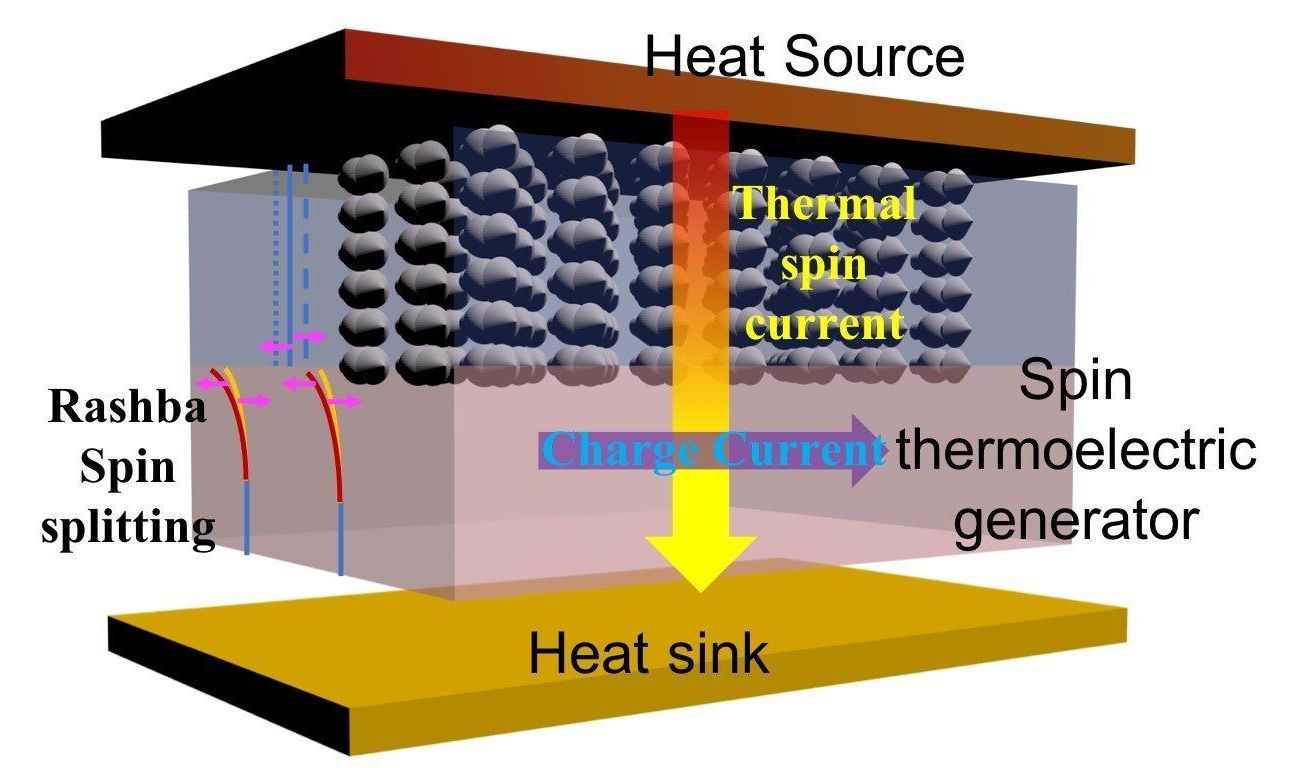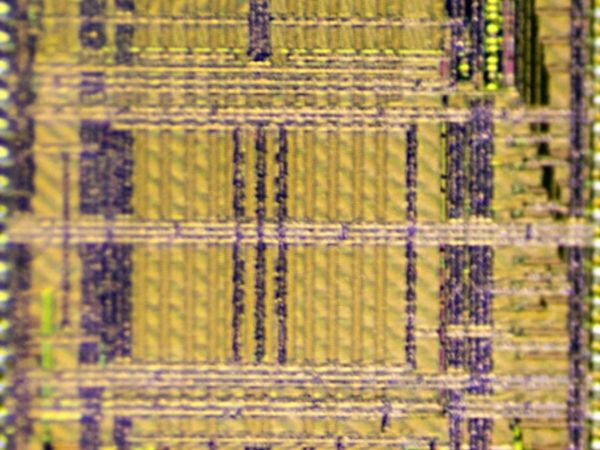Page 8886
Apr 10, 2018
This is the COOLEST! Everything that’s Orbiting the Earth Right Now
Posted by Genevieve Klien in categories: computing, engineering, satellites
Okay, if you’ve got some spare time, check out this amazing website called Stuff in Space. It’s a simulation of every satellite (alive or dead), space station, and large piece of space junk orbiting the Earth right now.
You can zoom in and out, rotate the Earth and its satellites around. Pick any one object and discover more information about it. Or just leave it running and watch all the objects buzz around in real time. Humans have been busy launching a lot of stuff, and it’s only going to increase.
The simulation was made by James Yoder, an incoming Electrical and Computer Engineering freshman at the University of Texas at Austin, and it’s based on data supplied by Space Track, which is a service of the Joint Space Operations Center. They have a bunch of handy data feeds and APIs that you can use track orbital objects, but I’ve never seen anything as creative as this.
Continue reading “This is the COOLEST! Everything that’s Orbiting the Earth Right Now” »
Apr 10, 2018
A Luxury Space Hotel Is Taking Reservations for Anyone Who Wants to Get the Hell Off This Planet
Posted by Genevieve Klien in category: space
Wow, I would love to stay here!
The Aurora Station, the “world’s first luxury space hotel,” orbiting 200 miles above the earth, is looking for guests.
Courtesy
Apr 10, 2018
Future AI may hallucinate and get depressed — just like the rest of us
Posted by Genevieve Klien in categories: futurism, robotics/AI
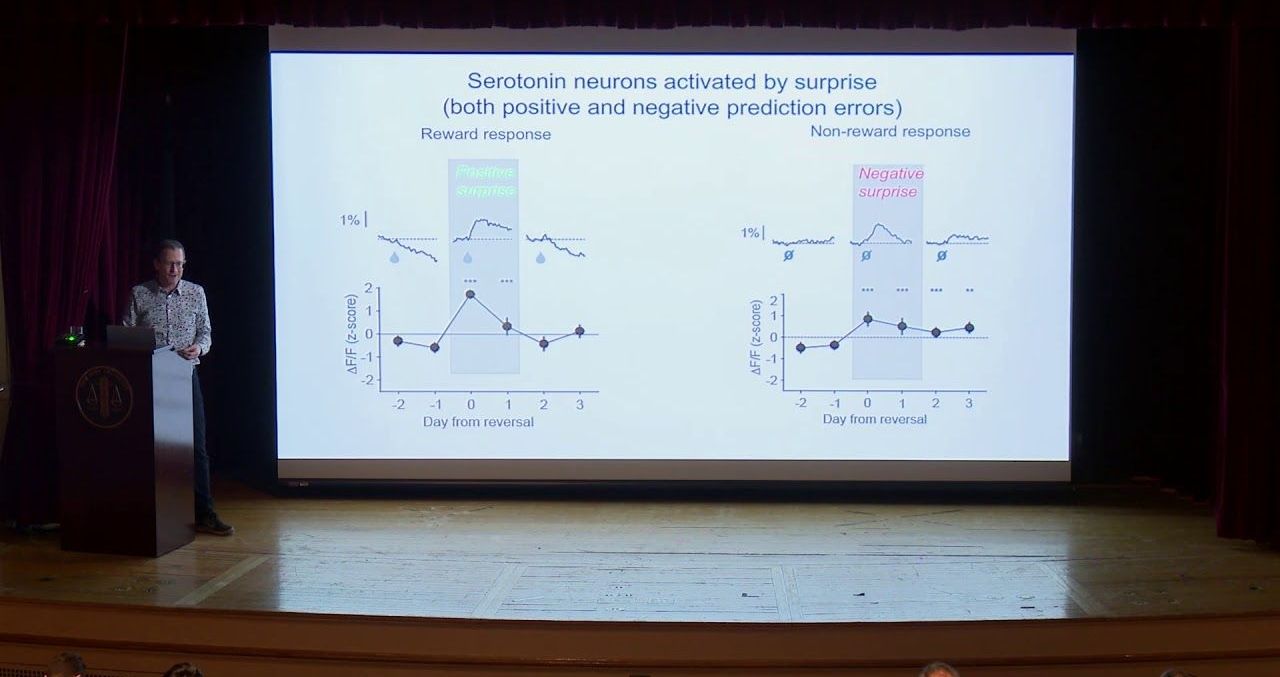
Recent research into human hormones may shed some light on the future of artificial intelligence development. Our complicated emotional states may be nothing more than a byproduct of learning.
Apr 10, 2018
This imaging sensor is powered by sunlight
Posted by Saúl Morales Rodriguéz in categories: solar power, sustainability
A simultaneous imaging and energy harvesting sensor is in the news. Samuel Moore at IEEE Spectrum informed readers that a team of four from University of Michigan published their paper describing what they achieved. They built a prototype sensor, and what it does—-think of a future camera that just about watches you non-stop—is described in the journal, IEEE Electron Device Letters.
The article is titled “Simultaneous Imaging and Energy Harvesting in CMOS Image Sensor Pixels.” The four authors are from University of Michigan: Sung-Yun Park, Kyuseok Lee, Hyunsoo Song and Euisik Yoon.
Their technology “puts the equivalent of a solar cell under each pixel,” said IEEE Spectrum.
Continue reading “This imaging sensor is powered by sunlight” »
Apr 10, 2018
International conference «Interventions to extend healthspan and lifespan»
Posted by Elena Milova in categories: biological, genetics, life extension

Kazan, Russia, April 23–25.
23–25 April 2018 in Kazan (Russia) will be a biogerontological conference with the following main topics:
Continue reading “International conference «Interventions to extend healthspan and lifespan»” »
Apr 10, 2018
Harnessing ‘Rashba spin-Seebeck effect’ phenomenon will enable commercial devices to turn waste heat into electricity
Posted by Bill Kemp in categories: computing, solar power, sustainability, transportation
Mechanical engineers at the University of California, Riverside, have reported success in using inexpensive materials to produce thermoelectric devices that transform low-level waste heat into electricity.
Their advance could enable a wide variety of commercial applications. For example, integrating thermoelectric generating devices into computer chips could enable the heat they produce to provide a power source. Waste heat from automobile engines could run a car’s electronics and provide cooling. Photovoltaic solar cells could be made more efficient by harnessing the heat from sunlight striking them to generate more electricity.
Also, using the same basic technology, economical thermoelectric refrigerators could be produced that would be more energy efficient and with fewer moving parts than refrigerators that use compressors and coolant. Current thermoelectric refrigerators are expensive and relatively inefficient. In essence, they operate in reverse of thermoelectric generators, with an electric current applied to generate a temperature gradient that could be used in cooling.
Apr 10, 2018
Elon Musk: We Must Leave Earth For One Critical Reason
Posted by John Gallagher in categories: asteroid/comet impacts, Elon Musk, existential risks, particle physics
In its early life, the Earth would have been peppered nearly continuously by asteroids smashing into our young planet. These fiery collisions made our world what it is today. It may seem like things have changed since then, given the vast assortment of life and wide blue oceans—and things have indeed changed. At least in some respects. However, Earth still receives thousands of tons of matter from space, but this is in the form of microscopic dust particles (as opposed to recurrent, energetic collisions).
Fortunately, in modern times, a large asteroid colliding with the surface of the Earth happens only very rarely. Nevertheless, it does happen from time to time.
As most are probably already aware, it is widely believed that an asteroid initiated the dinosaurs’ extinction some 65 million years ago. And more recently, the Russian Chelyabinsk meteor hit our planet in February of 2013. It entered at a shallow angle at 60 times the speed of sound. Upon contact with our atmosphere, it exploded in an air burst. The size of this body of rock (before it burned up and shattered) is estimated to be around 20 meters (across) and it weighed some 13,000 metric tons.
Continue reading “Elon Musk: We Must Leave Earth For One Critical Reason” »
Apr 10, 2018
Killer robots: pressure builds for ban as governments meet
Posted by Klaus Baldauf in categories: military, robotics/AI
Countries spending billions on ‘third revolution in warfare’ as UN debates regulation of AI-powered weapons.
Apr 10, 2018
To Speed Up AI, Mix Memory and Processing
Posted by Klaus Baldauf in categories: mobile phones, robotics/AI
New computing architectures aim to extend artificial intelligence from the cloud to smartphones.
